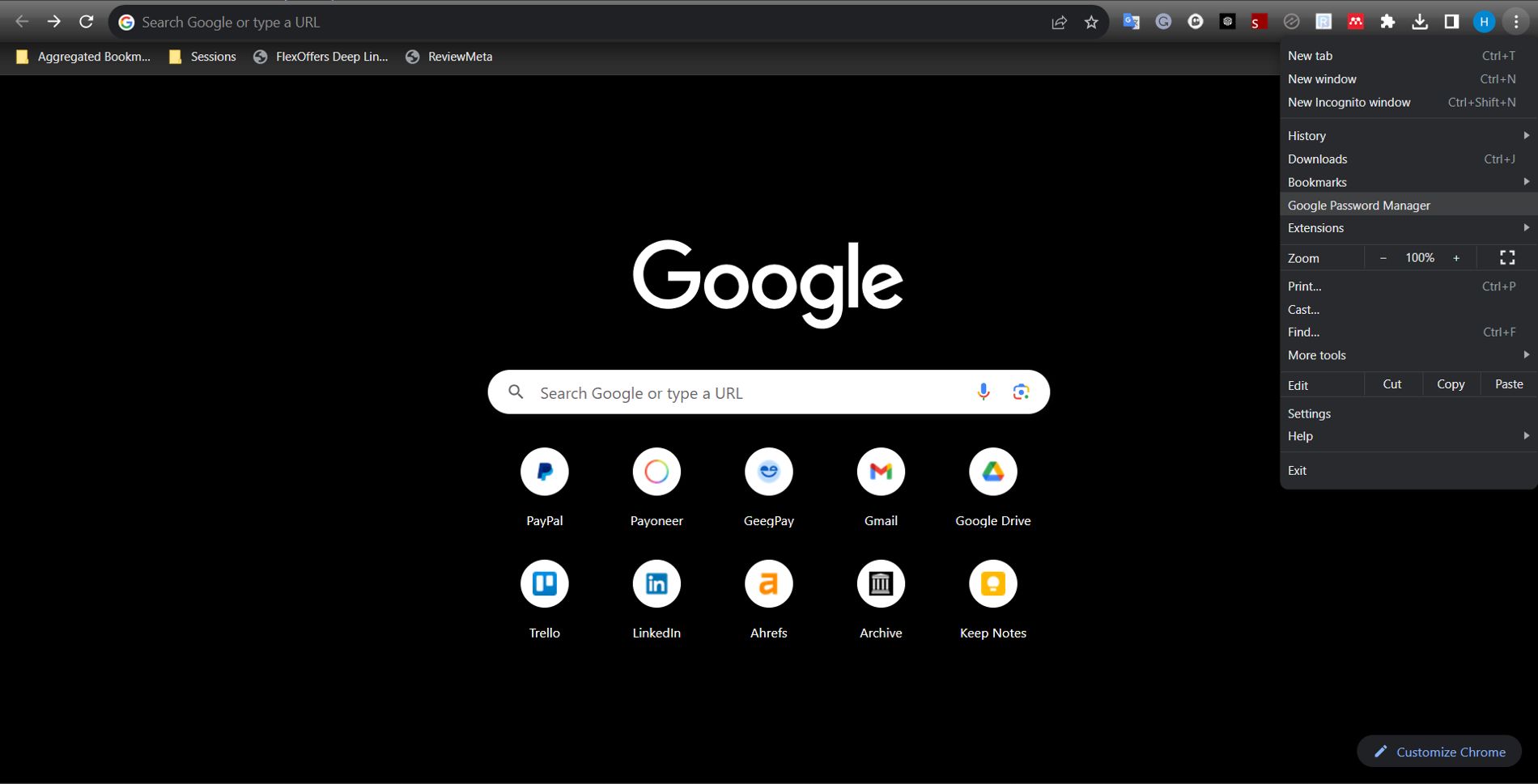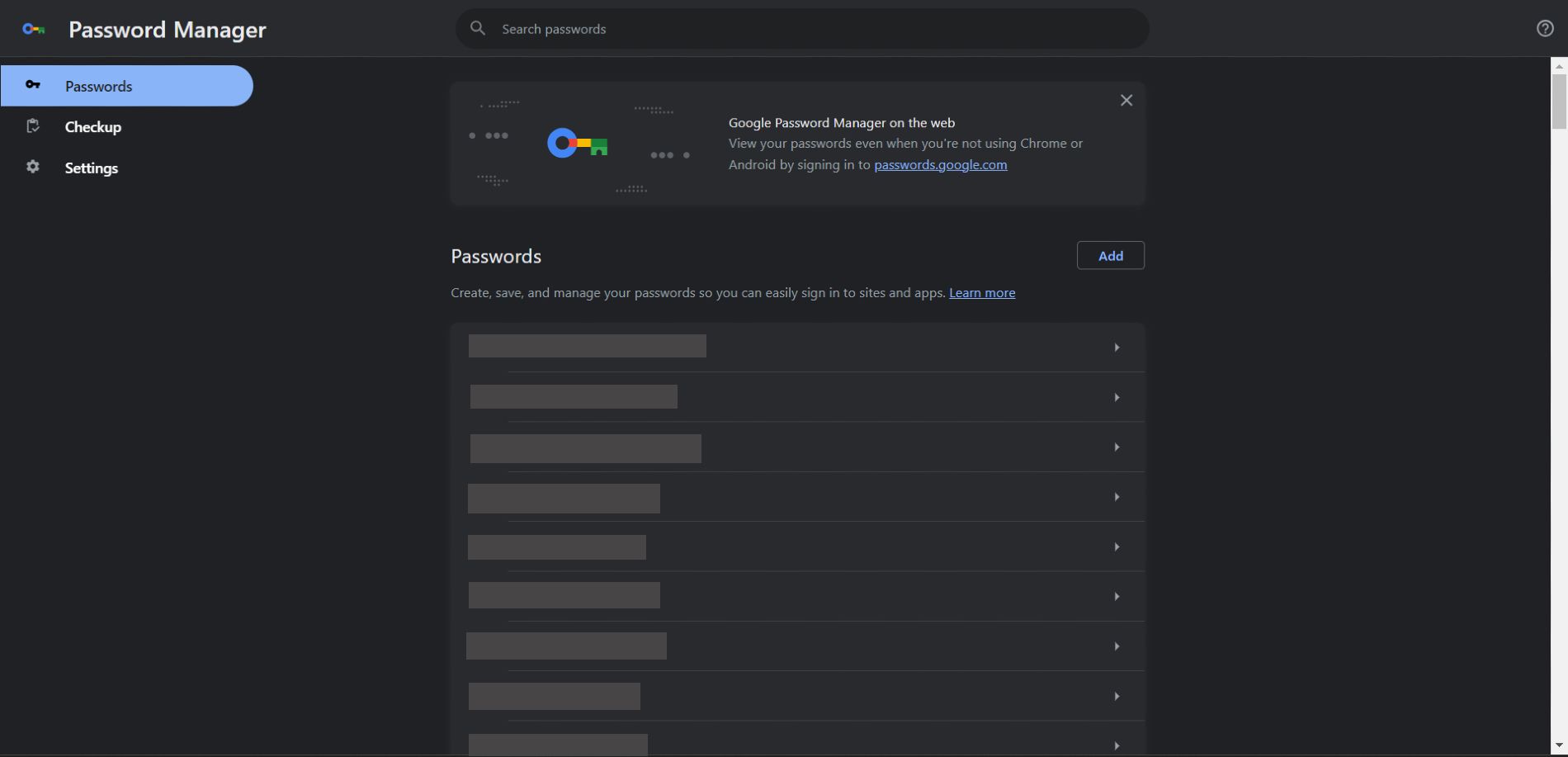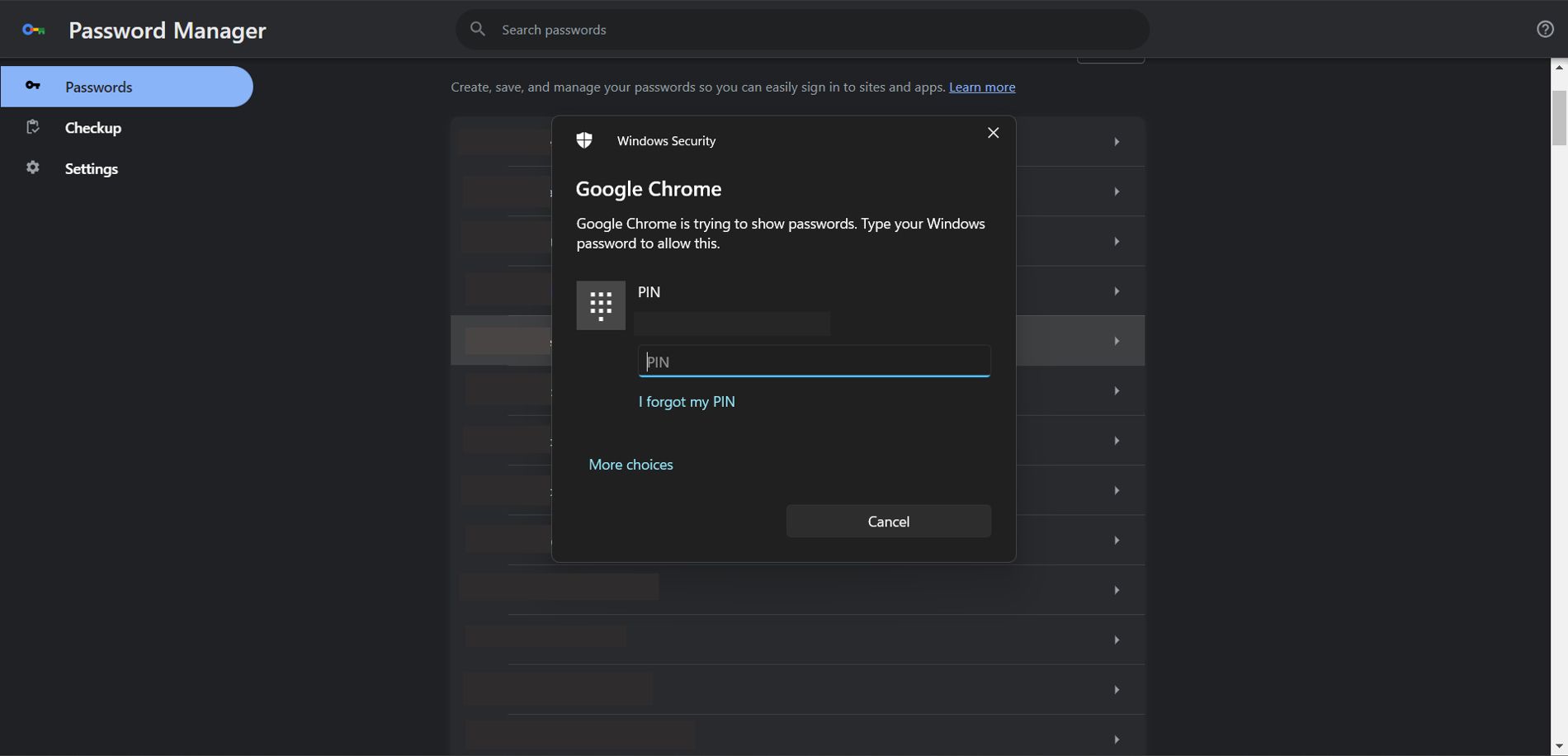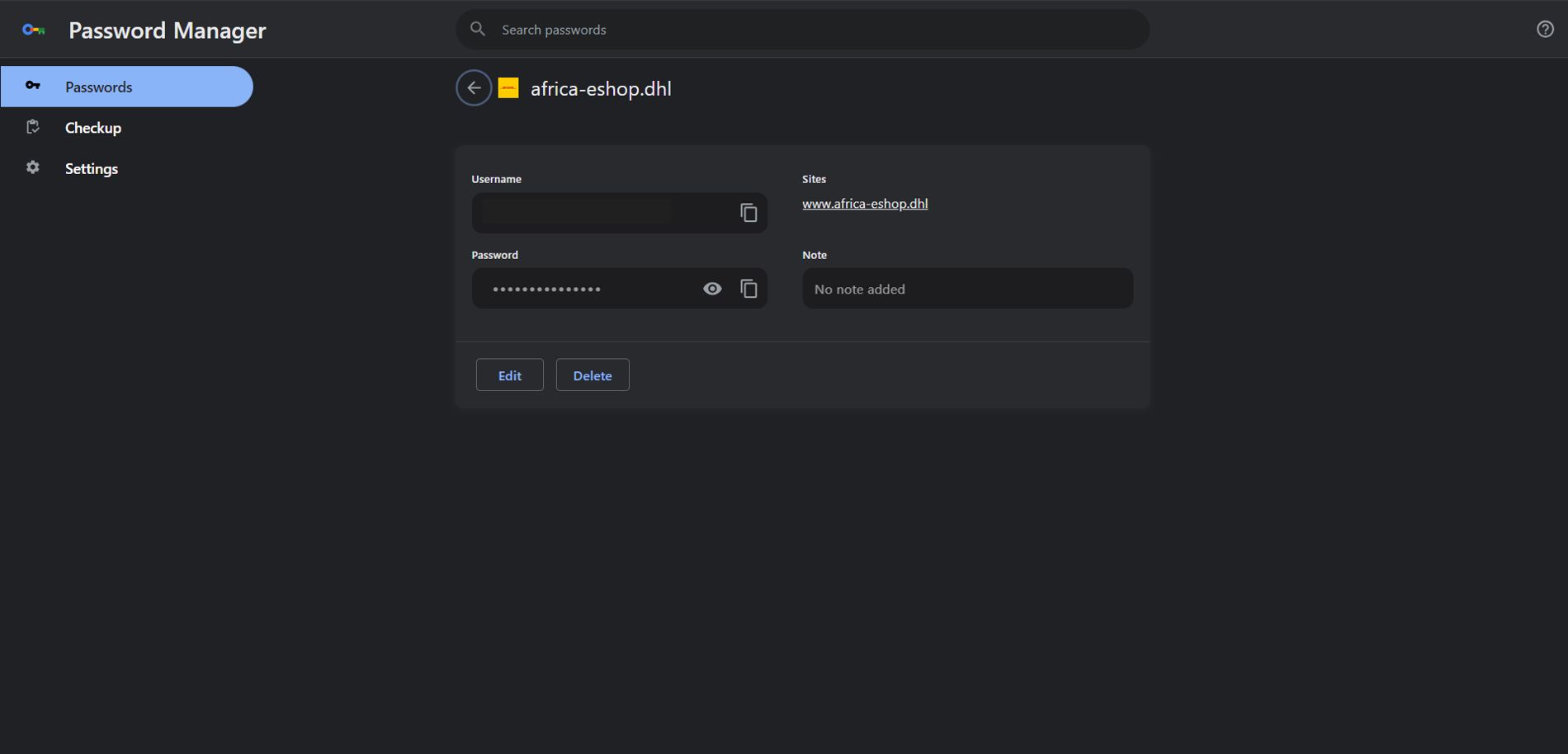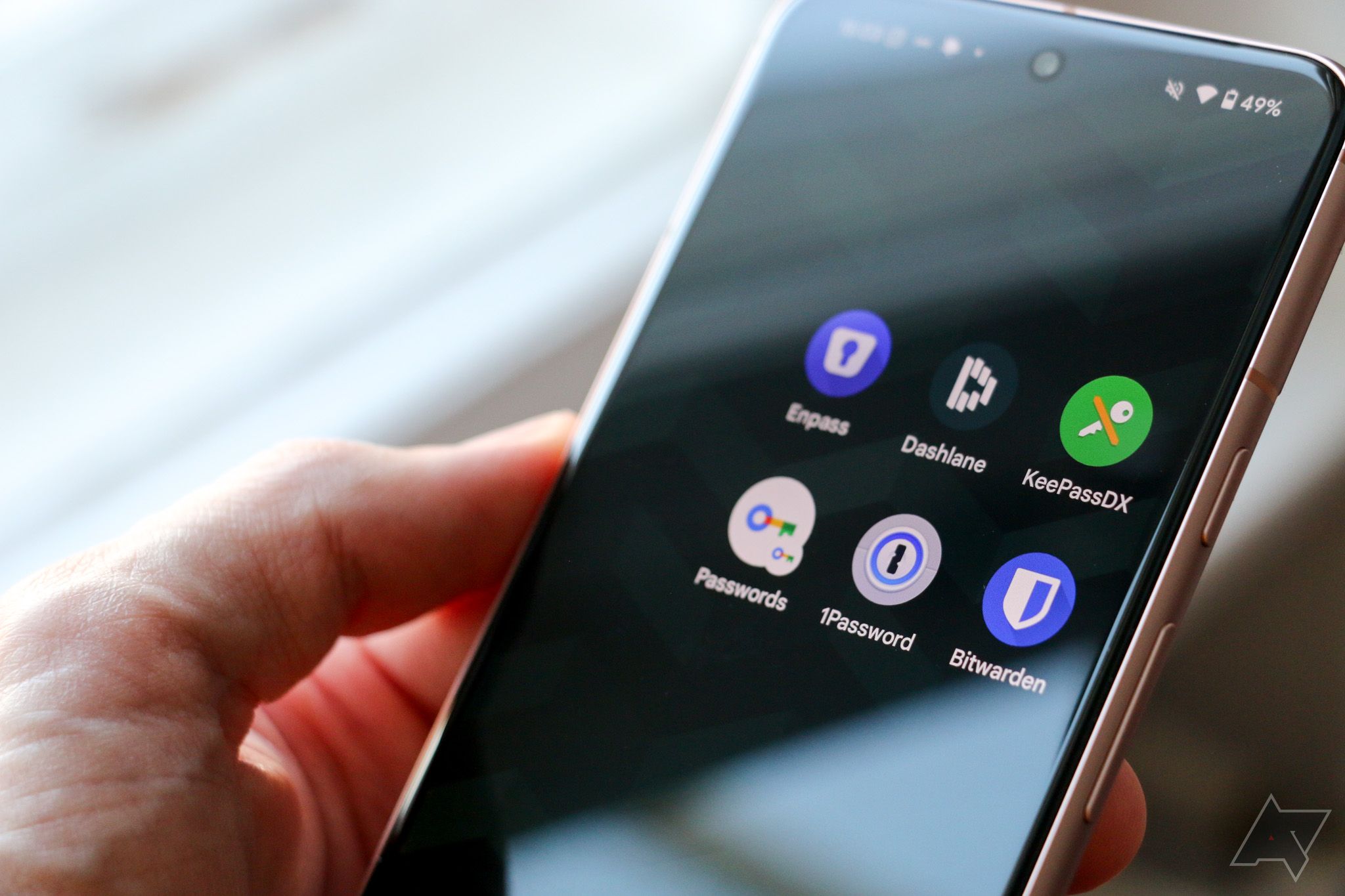Despite the emergence of safer ways to log in, like biometrics (fingerprint scanning and facial recognition) and passkeys, text-based passwords are still the major means of authentication and will remain so for a while. Until companies can ditch passwords completely, you can take measures to secure your account, like using different passwords for every service, using passwords that combine unique characters, and managing passwords with an app.
Google has a Password Manager to secure passcodes, and it does an excellent job of automatically filling them out on websites. It's like a personal assistant for logins. But this virtual helper gets clumsy sometimes. Instead of smoothly inputting your password, it does nothing, leaving you to hunt for the code. This guide explains how to find saved passwords in Google Chrome on your desktop computer, Android phone, or top-of-the-line Chromebook.
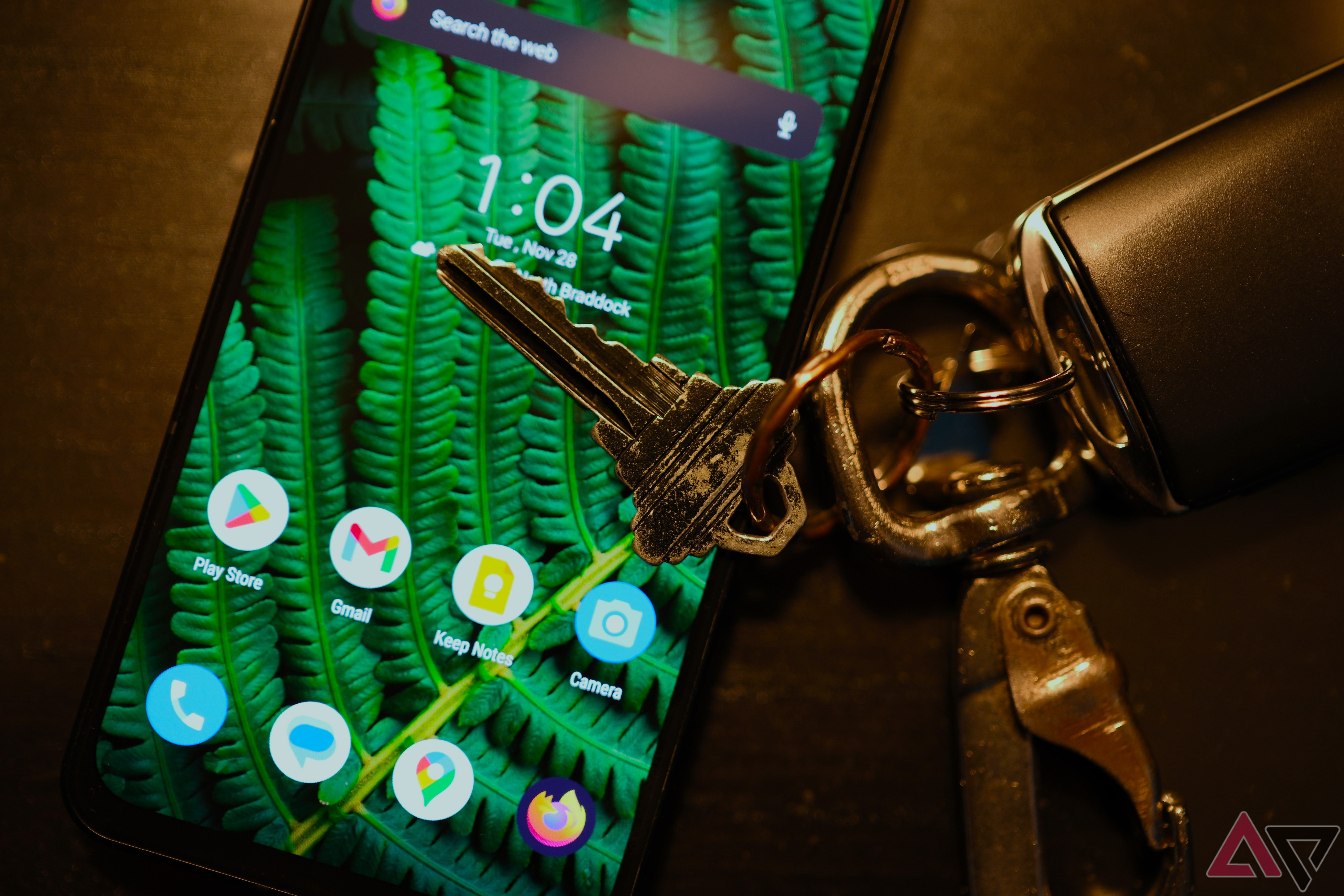
What is a passkey, and how is it different from a password?
Passkeys and their speedy encryption are already starting to replace passwords: Here are the big differencesHow to access your passwords in Google Chrome on Android
Chrome is the most popular mobile browser. If you're one of the billions of people using it on Android, follow these steps to find your saved passwords in the Chrome password manager and use them to log in to your favorite websites and apps:
- Launch the Chrome app on your Android device.
- Tap the vertical dots in the upper-right corner to open the drop-down menu.
-
Select Settings > Password Manager.
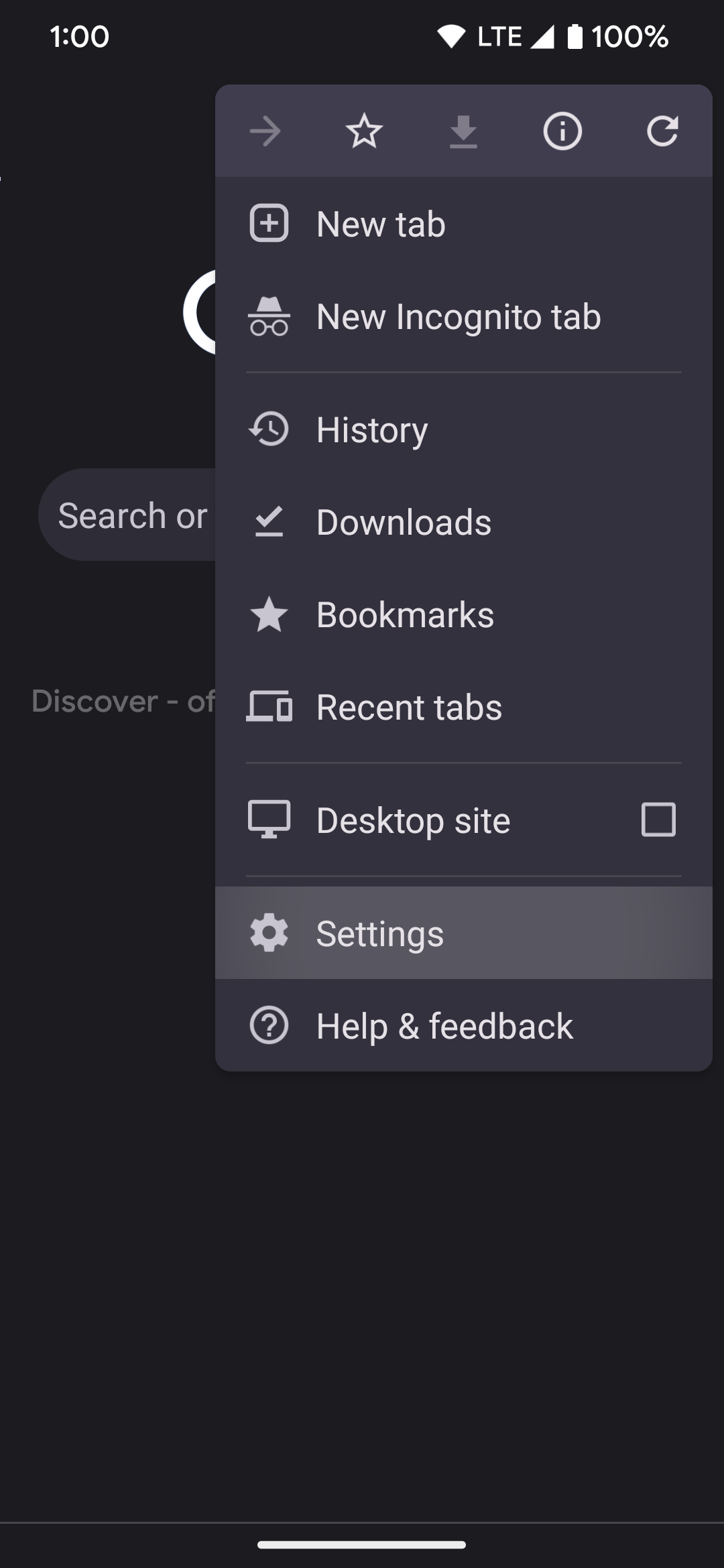
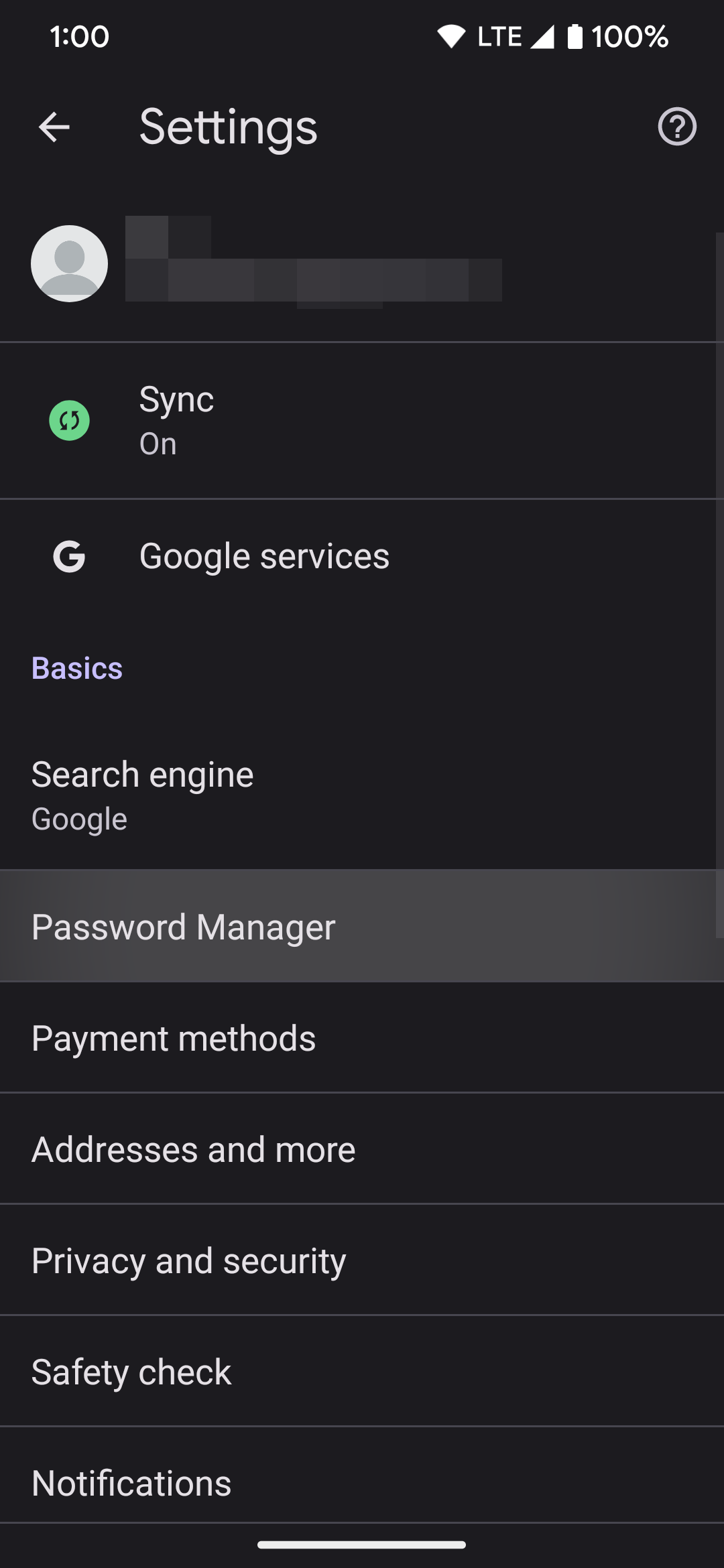
- Scroll through the passwords and select the account you want to view. Alternatively, tap the search password box and type the website name to find the code. You're asked to use your device's authentication function.
- Type your PIN or use your biometrics to access your saved account credentials.
-
A new overview screen opens with the account name and the saved password hidden by default. Tap the eye icon to reveal the password or the copy icon to paste it elsewhere via the clipboard (you don't see the password like this, but it is ready to paste). Similarly, tap the Edit button to update the account credentials or tap the Delete button to remove it.

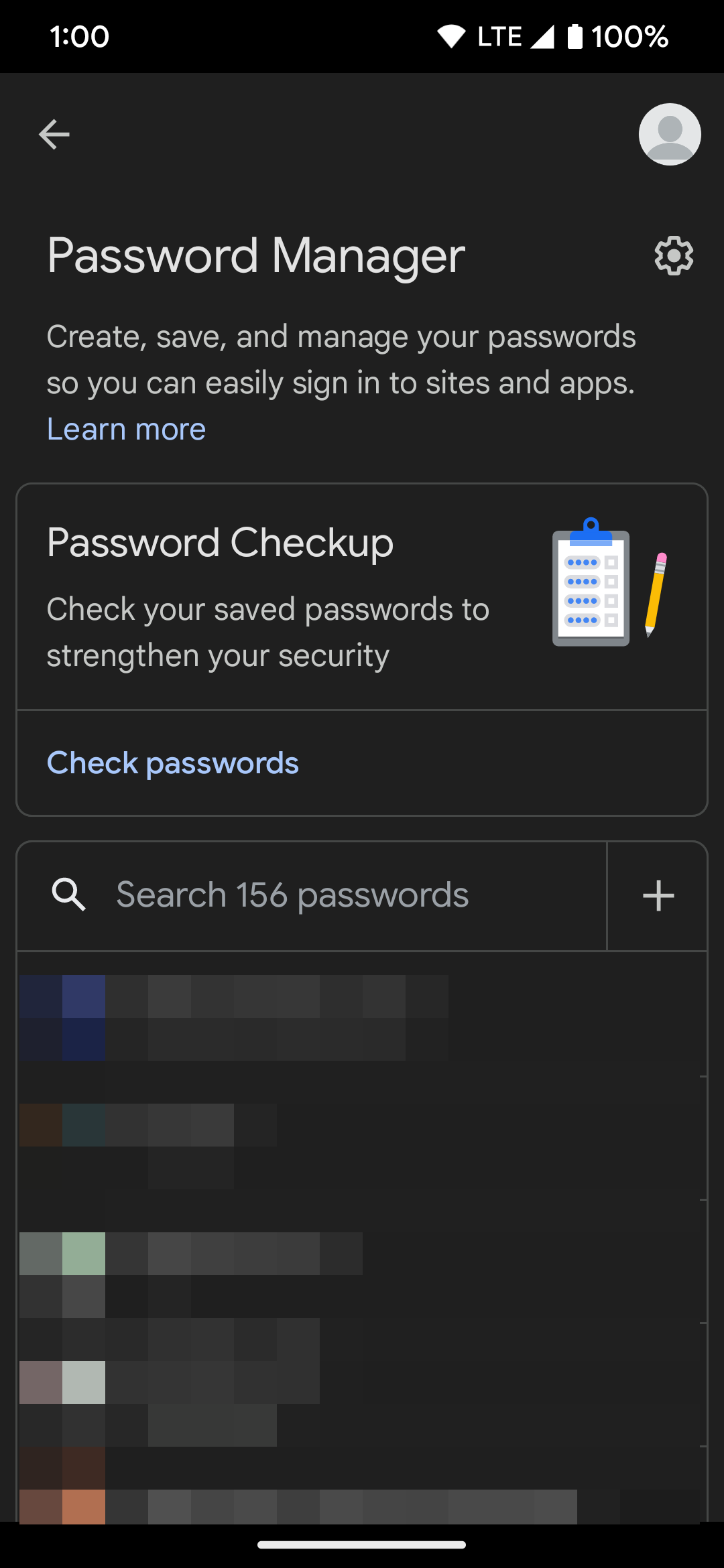
- Tap the back arrow to return to the main Password Manager page.
You can now access your stored passwords on Google Chrome. Next, let's see how to access your password information via Chrome on desktop devices.
While we took the screenshots on the Chrome Android app, you can replicate these steps on an iPhone. Chrome is available on the Apple App Store.
How to access your passwords in Google Chrome on a desktop PC or Chromebook
It's fast and easy to find your stored passwords using a desktop web browser on Windows or Mac or a Chromebook device. Follow these steps:
- Open Chrome.
- Click the three-dot menu icon in the upper-right corner of the display.
-
Click Google Password Manager from the pop-up. Alternatively, go to Settings > Autofill and passwords > Google Password Manager.
-
Scroll through the list of accounts saved to your Google account. Use the search bar at the top to find a website or app.
-
Click the account that you want to access. You're asked to enter your Windows Hello pin or password.
-
Click the eye icon to see your saved password, or use the copy icon to copy your username or password to the clipboard. You can also use the Edit and Delete buttons to perform the relevant operations.
That's it. You can now access all the passwords stored in Google Chrome on your desktop device.
Google Password Manager has a time-out feature that locks you out of an account after five minutes of inactivity.
How to access your saved passwords on Android without Google Chrome
Google recently made a small change that allows you to customize how you access your passwords on Android devices without relying on the Google Chrome browser. The process relies on creating a shortcut on your home screen that takes you to the Password Manager page.
To manage your passwords from your home screen, follow these steps:
- Launch the Settings app.
- Select Passwords & accounts.
- Under the Autofill service section for Google, select the settings cog icon on the right.
- Tap Passwords. Alternatively, tap the search bar at the top of the Settings app and search for password manager.
-
Under the Google Play services section, tap the Password Manager entry to continue.
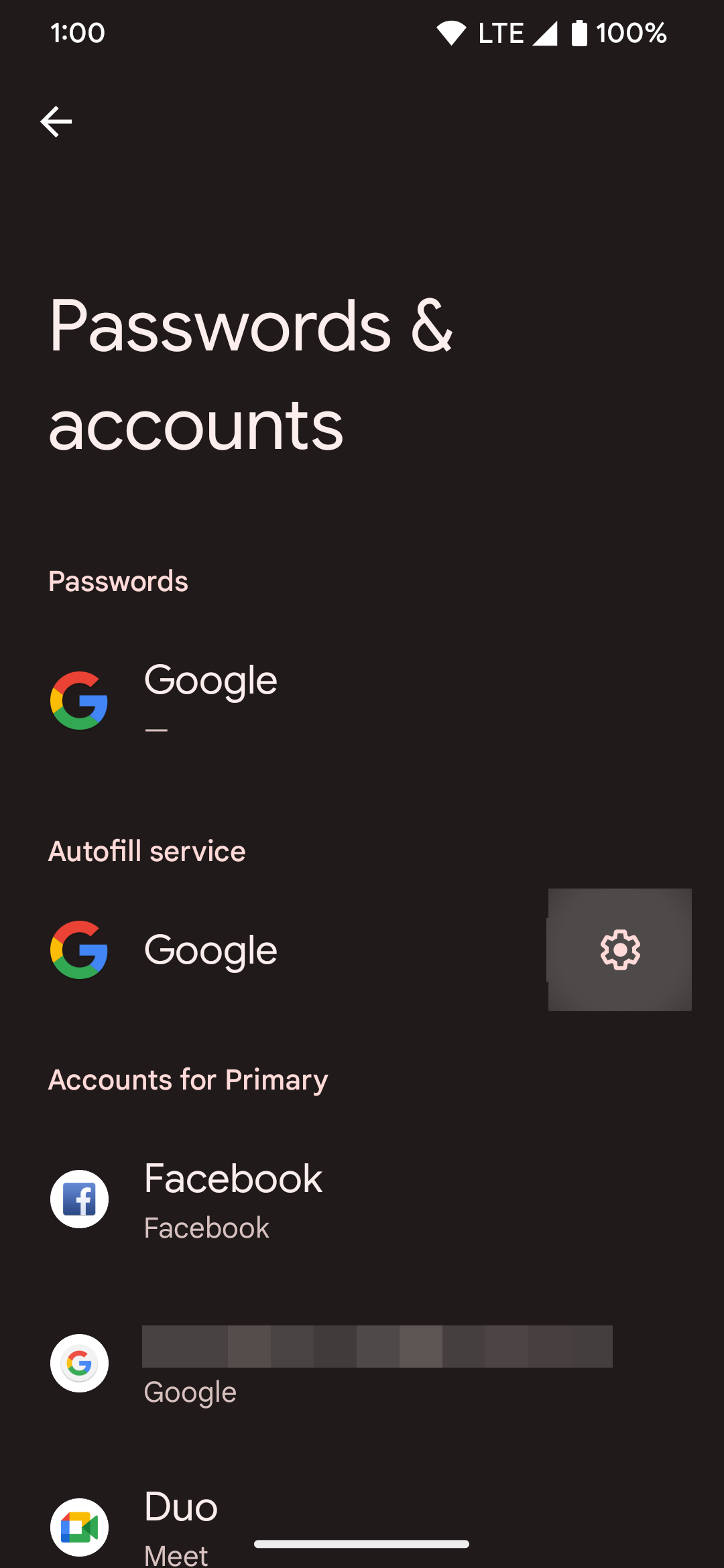
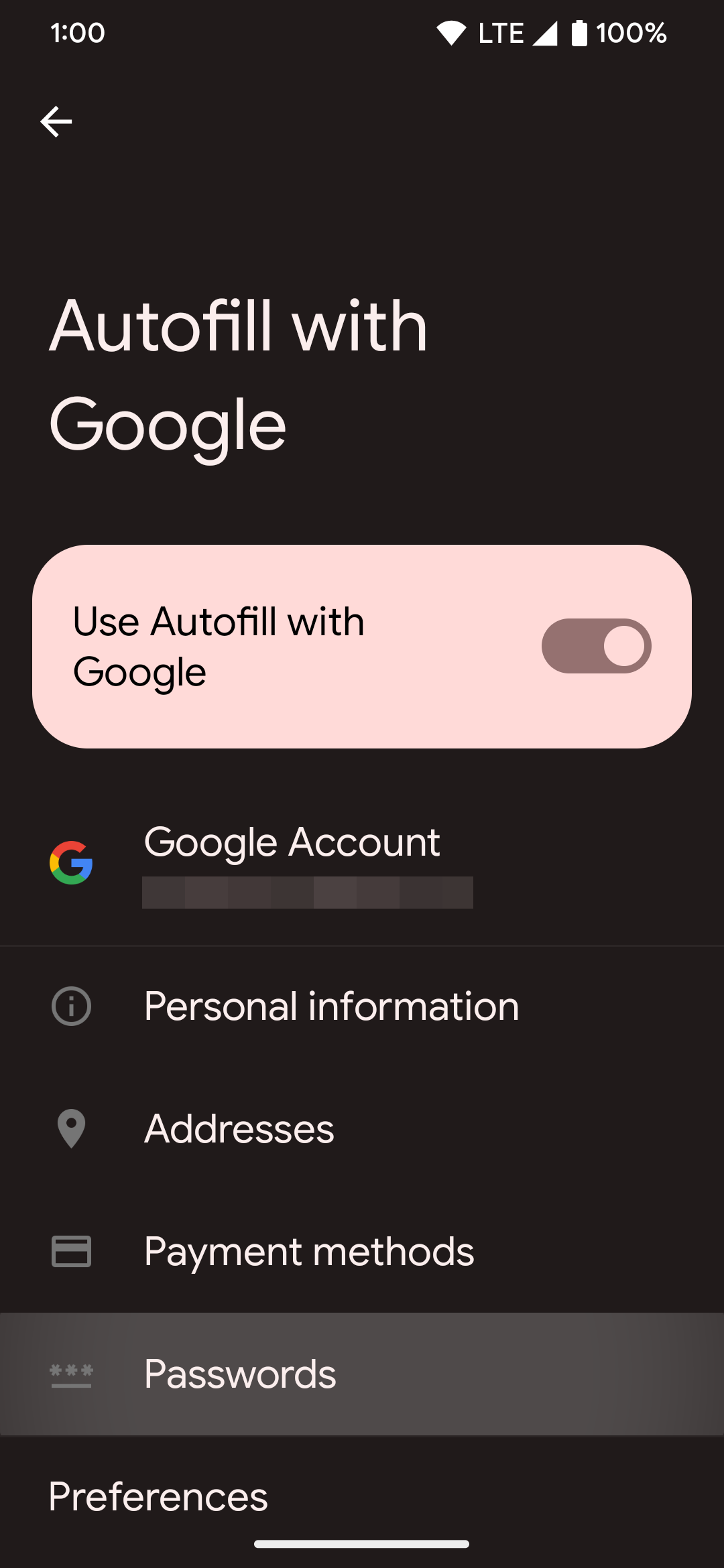
- Tap the settings cog icon in the upper-right corner.
-
Select Add shortcut to your home screen.
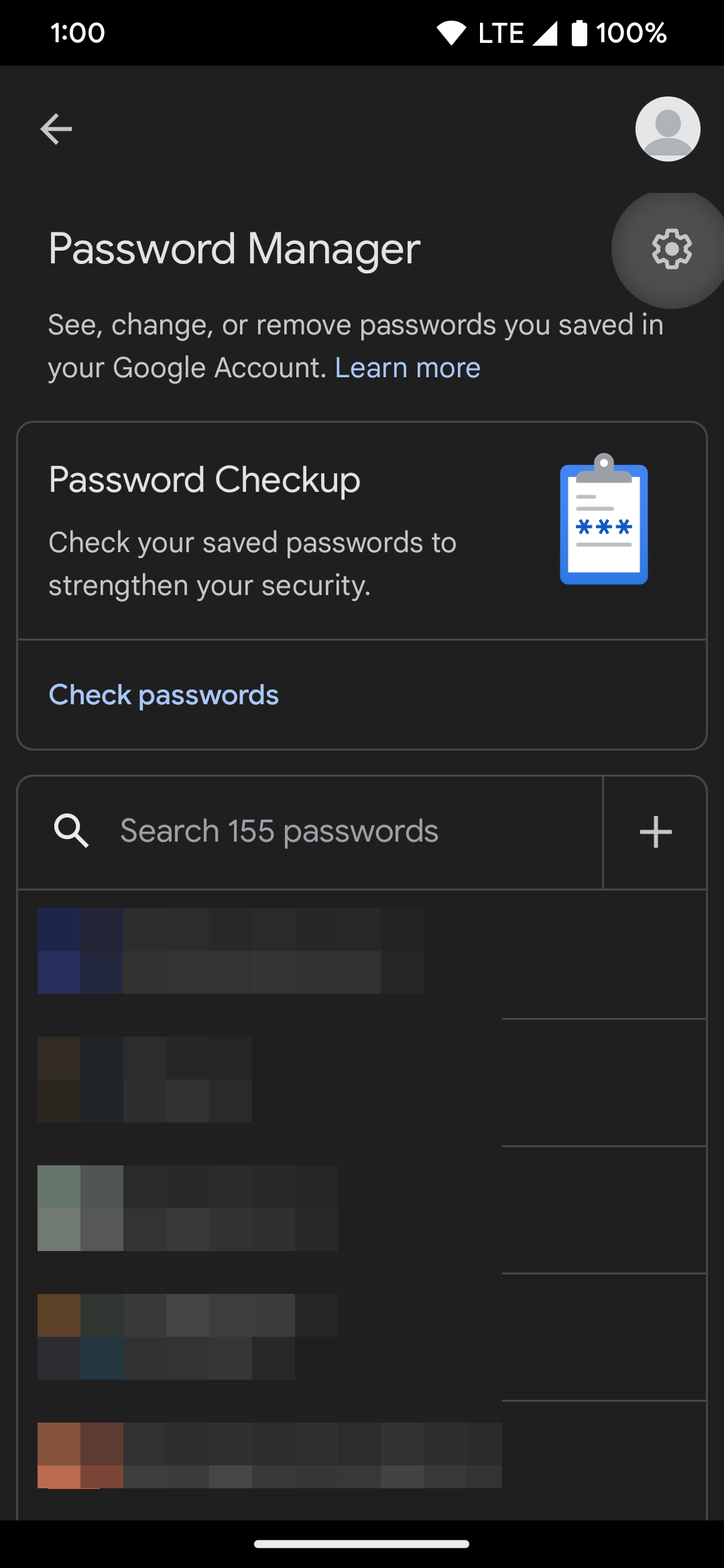
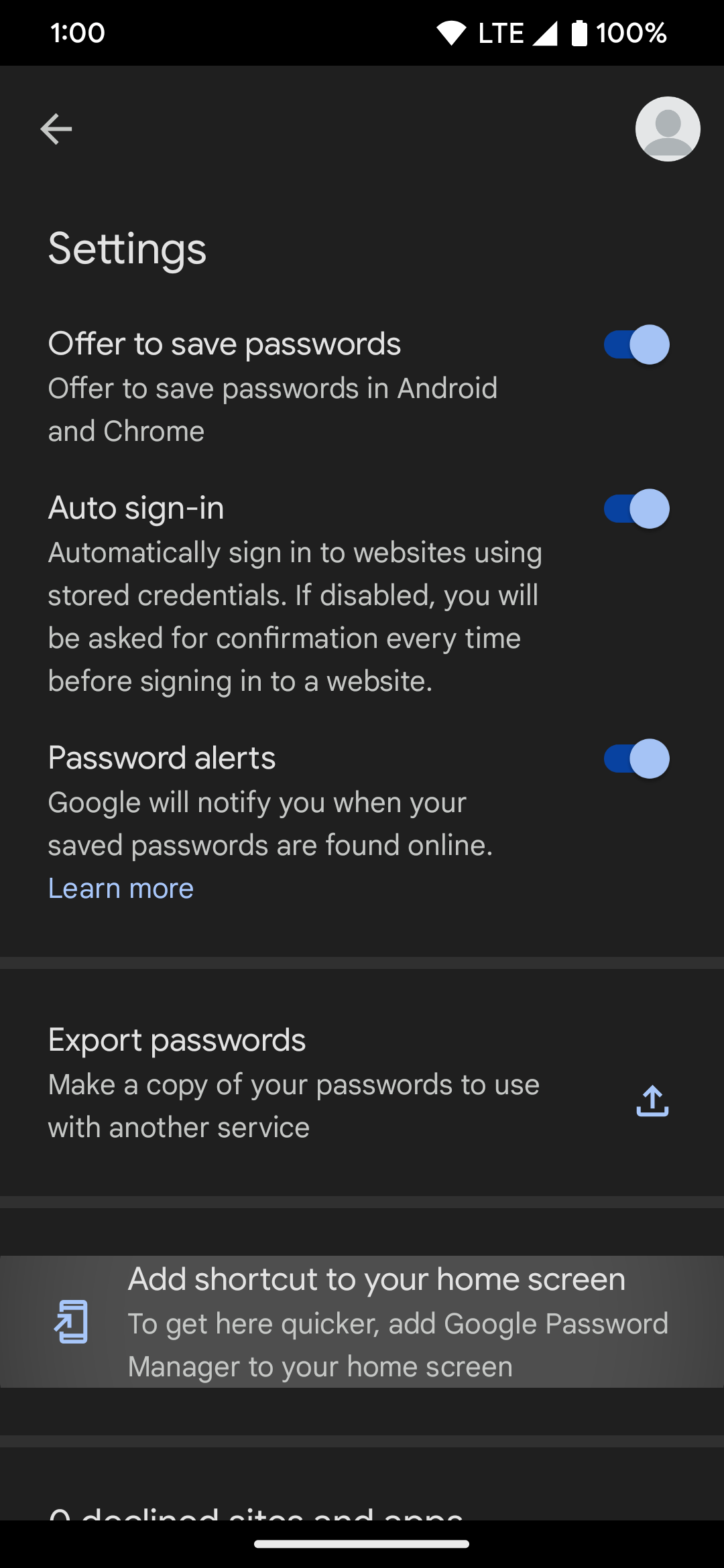
- Tap the Add to home screen button. You can also long press the Passwords icon to drag and drop it onto your home screen.
- Return to your home screen by pressing the Home button (or corresponding gesture).
-
You'll find a new shortcut icon called Passwords. Tap the icon to go to the main Password Manager page. You can move this shortcut icon to a location that works best for you or place it in a folder with other shortcuts you use frequently.
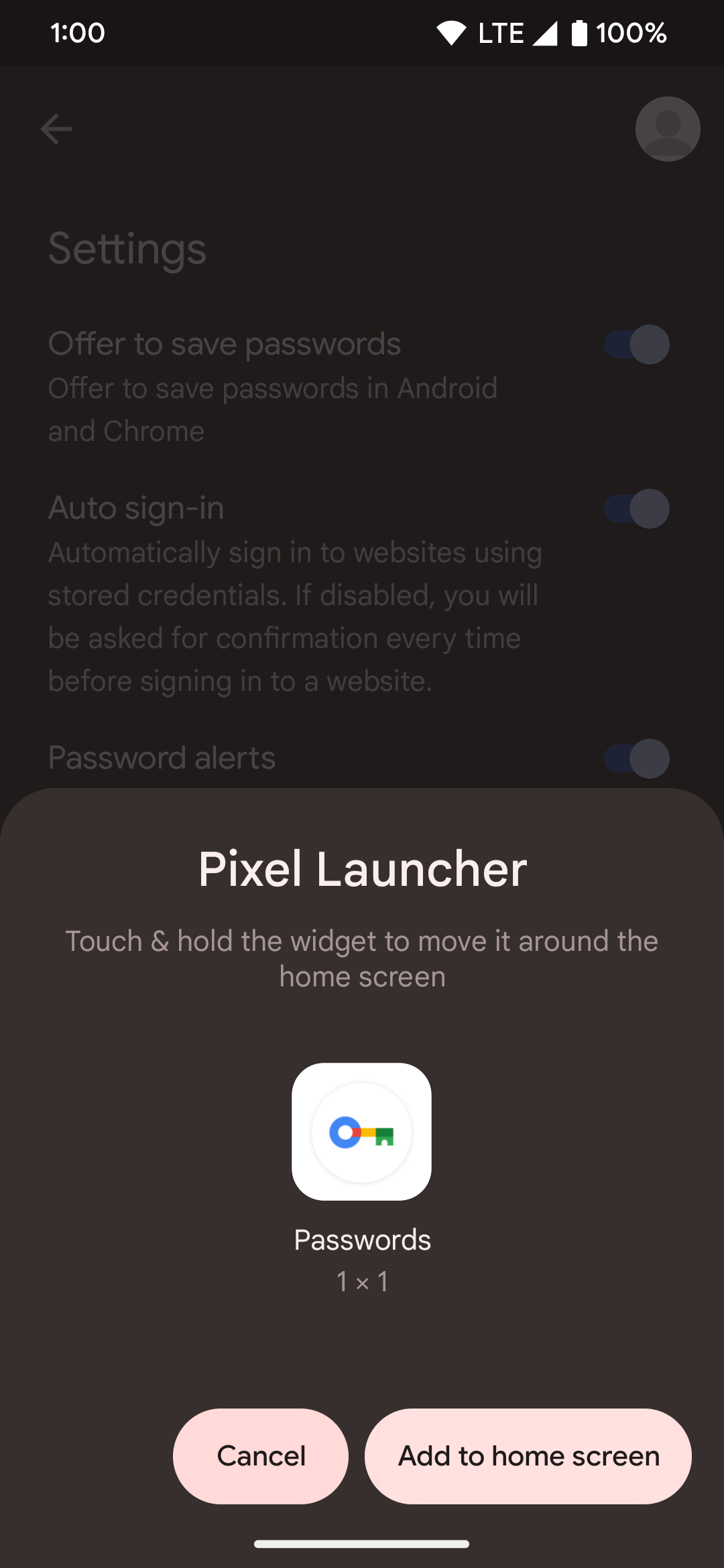

The process may be slightly different on other devices. On Samsung, navigate to Settings > Google > Auto-fill > Autofill with Google > Google Password Manager > Add shortcut.
Should you use the On-device encryption feature for your passwords?
On-device encryption locks down the saved passwords on your Google account using a unique security key. After setting up the feature, sign in with your Google account from the security key device. You'll then have control over your passwords. However, it can be risky since you lose access to them if you misplace the key.
The On-device encryption feature is an appealing choice for those who want to take their password security practices into their own hands. Providing this option shows Google is serious about personal account security regardless of your proficiency level with the topic. Since this feature is optional, we only recommend it for advanced or power users who want more control over their passwords. If you're willing to try On-device encryption, your passwords will be incredibly secure. Be extra cautious not to lose or misplace your device.
Easy access to saved account passwords can make life easier
Google Chrome's Password Manager does all the heavy lifting while you enjoy a safer and more convenient browsing experience on your smartphone, desktop computer, or Chromebook. A growing list of saved passwords doesn't change that.
A helpful tip is to use the Check passwords function to identify the codes affected by a third-party data breach. Click the three-dot icon and navigate to Passwords and autofill > Google Password Manager > Check passwords.
If you need more hacks to level up your password security, see our article on creating a strong password.


